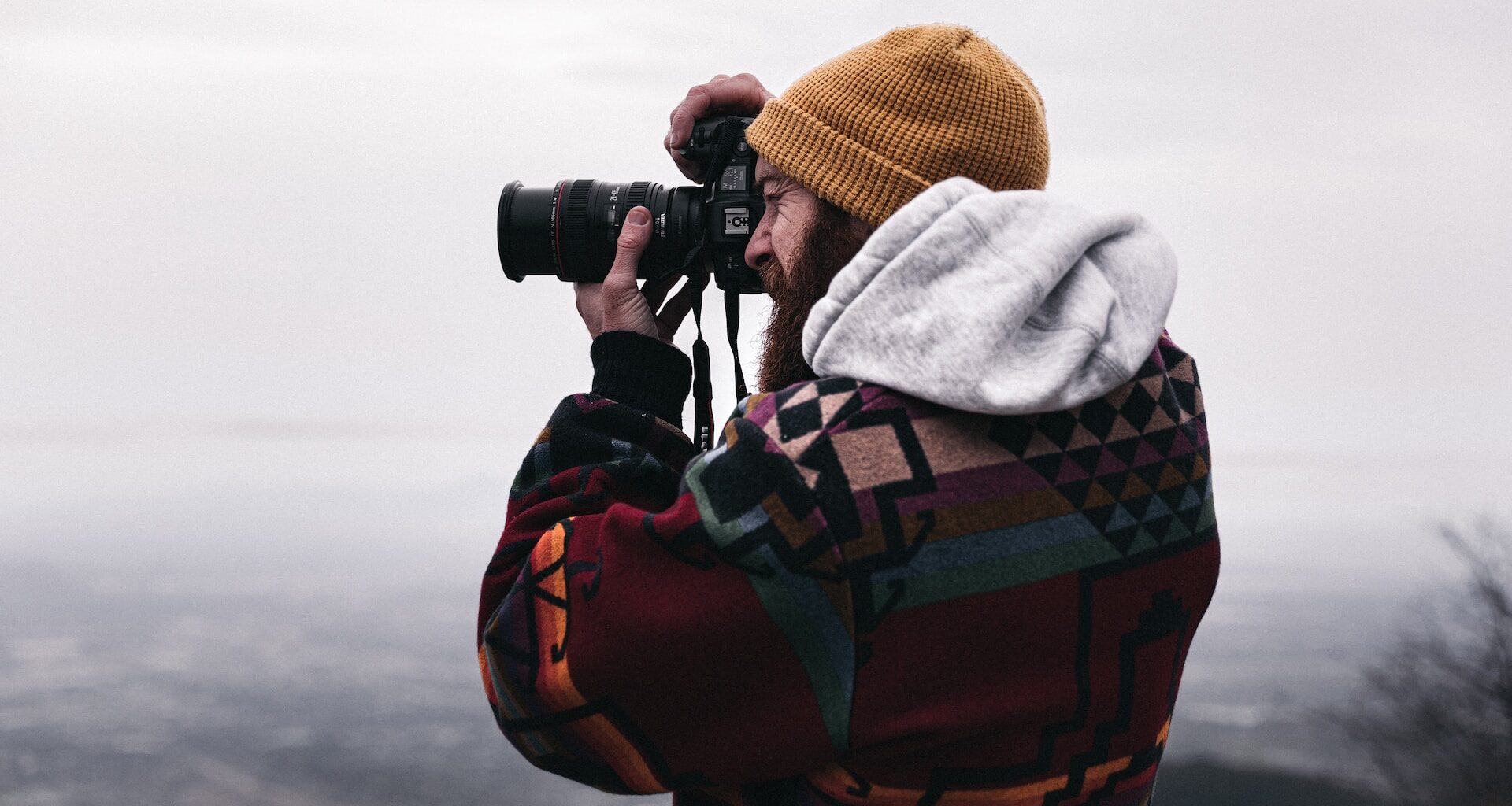Travel and photography are two distinct realms that harmoniously blend to create something magical. They’re like the chocolate and peanut butter of the artistic world—each is wonderful on its own, but together, they create a sum greater than their parts. In this guide, we’ll dive into the art of travel photography, offering you tips, tricks, and insights to help you preserve your wanderlust-infused memories forever.
The Importance of Storytelling
The most captivating travel photos tell a story. Whether it’s a lone gondolier navigating the waters of Venice or the wide expanse of a Saharan desert, the elements in your frame should convey a narrative. To master storytelling, you must be conscious not only of your main subject but also of the background, the lighting, and even the expressions on people’s faces. These details add layers to your photo, turning it from a mere snapshot to a visual saga.
The Gear You’ll Need
Contrary to popular belief, you don’t need the most advanced DSLR or mirrorless camera to take outstanding travel photos. Here are the basics:
- Camera: A smartphone with a good camera can suffice for beginners. If you’re more advanced, a DSLR or mirrorless camera gives you more control over settings like ISO, aperture, and shutter speed.
- Lenses: If you’re using a camera that allows for interchangeable lenses, consider bringing a versatile lens like an 18-55mm or 24-70mm. For landscapes, a wide-angle lens is beneficial.
- Tripod: A small, portable tripod can help you capture sharper images, especially in low-light conditions.
- Accessories: Extra batteries, memory cards, and protective cases will ensure you’re prepared for anything.
Understanding Composition
Mastering composition is crucial to capturing eye-catching photographs. Here are some rules to remember:
- Rule of Thirds: Imagine your image is divided into nine equal segments by two vertical and two horizontal lines. The rule suggests placing your subject along these lines or their intersections.
- Leading Lines: Use natural lines to lead the eye into the picture, whether it’s a road stretching into the distance or a river meandering through a landscape.
- Symmetry and Patterns: The human eye is naturally attracted to symmetry and patterns. Look for these naturally occurring or man-made designs to add a new dimension to your images.
The Magic of Lighting
Natural lighting can make or break a photograph. The golden hours—shortly after sunrise and before sunset—provide soft, warm light that can add a magical touch to your pictures. On the flip side, the harsh midday sun can result in overexposed and unflattering shots.
Human Element
Don’t underestimate the power of including people in your travel photographs. Whether it’s a bustling market scene or a solitary monk in meditation, the human element provides scale, contrast, and a relatable subject that adds emotional depth to your photo.
Post-Processing
While the aim is to capture the best shot in-camera, post-processing can turn a good photo into a great one. Software like Adobe Lightroom or mobile apps like VSCO can help you adjust exposure, color balance, and other aspects of your image.
Ethics and Responsibility
Travel photography isn’t just about taking beautiful pictures; it’s also about respecting the cultures, traditions, and places you’re photographing. Always ask for permission when photographing individuals, especially in sensitive or sacred places. Maintain a respectful distance from wildlife and natural habitats.
Travel photography is a fulfilling endeavor that enriches your travel experiences and allows you to share them with others. With the right gear, an eye for composition, and a sense of responsibility, you can master the art of travel photography. So pack your bags and your camera equipment—astonishing landscapes, vibrant cultures, and incredible stories await your lens.




